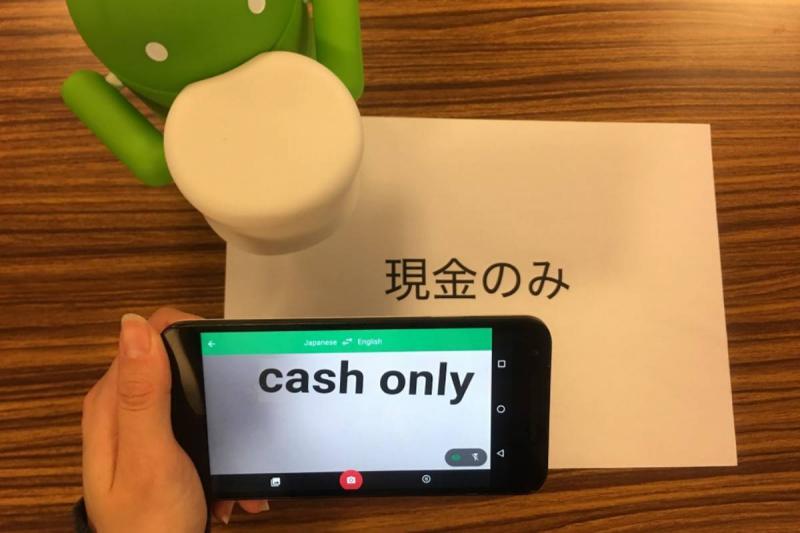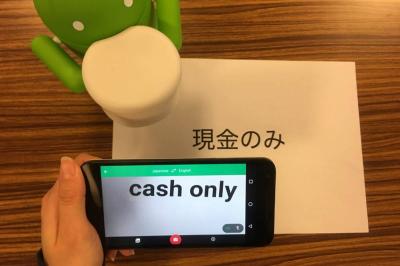Google has a new way to preserve endangered languages by providing cultures with the AI tools they need to protect the languages themselves. The company, in collaboration with the Yujambi Museum in Queensland, has launched Woolaroo, an open-source web app designed for image translation and aiding in the preservation of endangered languages. The app is also available through Google Arts & Culture for Android and iOS systems, utilizing machine learning, cloud vision, and image recognition to translate images of objects into native languages in real-time.
As a user, you simply need to point your phone's camera at something for the AI to recognize and describe it in a specific language, complete with pronunciation. The true strength of the Woolaroo app lies in its open nature, allowing communities to expand vocabulary according to their own terms. If you remember a word that hasn't been covered yet, you can add and pronounce it, which may be particularly important for languages lacking unique words for modern concepts like phones or computers.
If multiple objects are detected in an image, users can scroll and select translations based on each object, and you can also modify or delete entries if they are inaccurate. The app initially explores ten languages from around the world, including Māori, Yiddish, Yujambi, Amazigh, and Sicilian, which can be translated into English, French, or Spanish.
UNESCO has identified at least 2,572 languages out of an estimated 6,000 languages around the world as facing at least some threat. Although Woolaroo may not ensure that these languages remain actively used, it could prevent them and their associated history from fading into obscurity. Notably, Google revealed earlier this year that it offers a new feature for the Google Translate app, allowing the app to transcribe speech from one language to another in nearly real-time.




